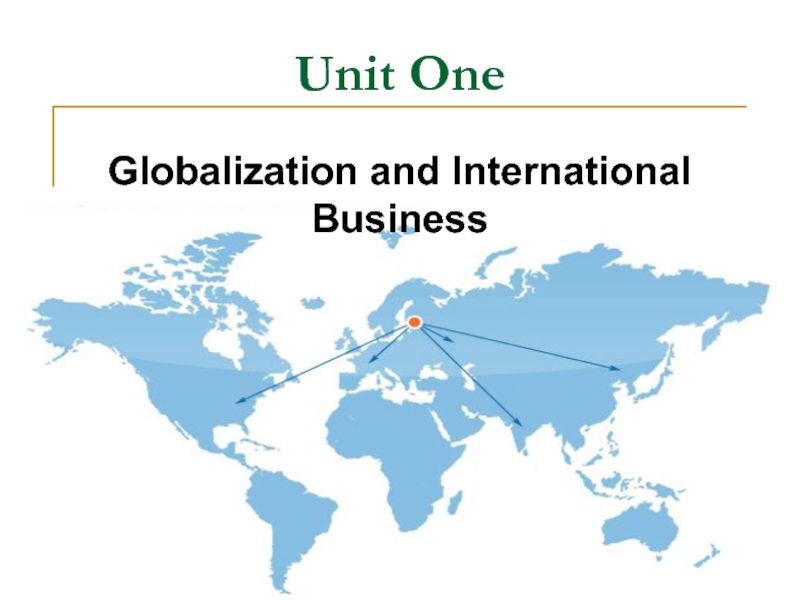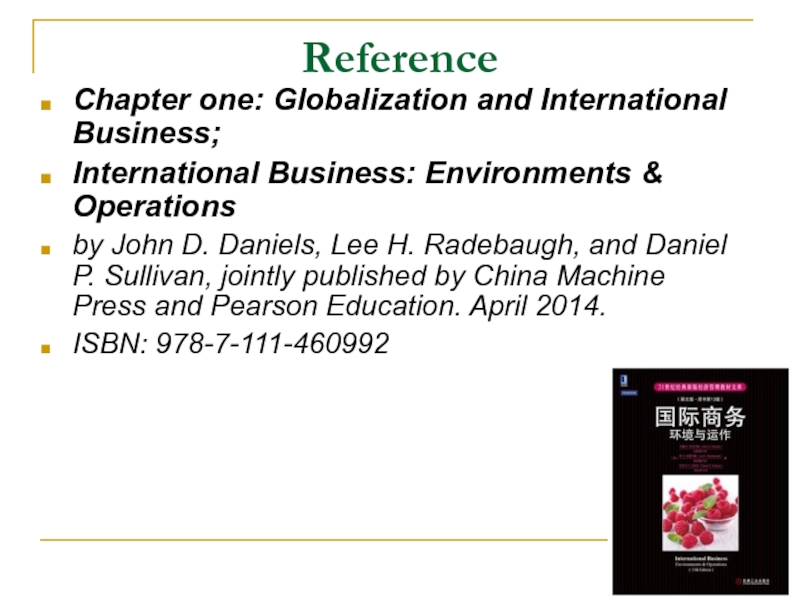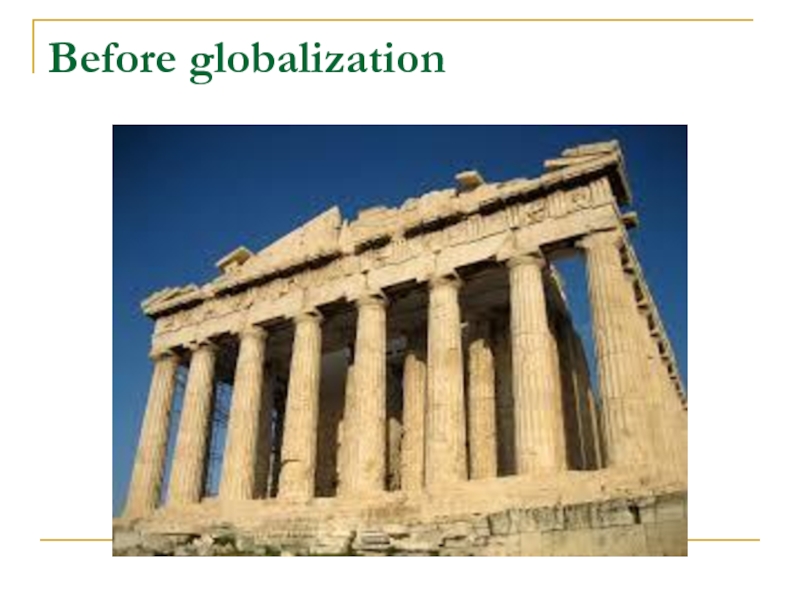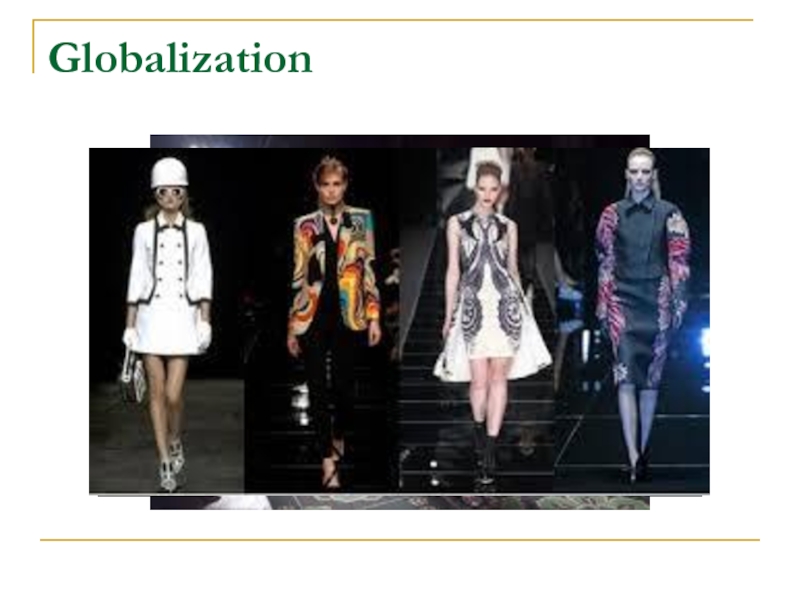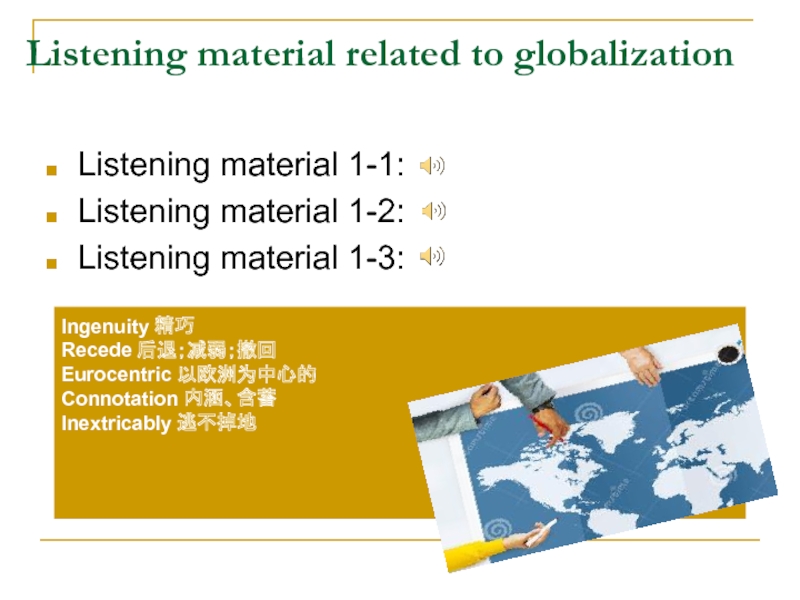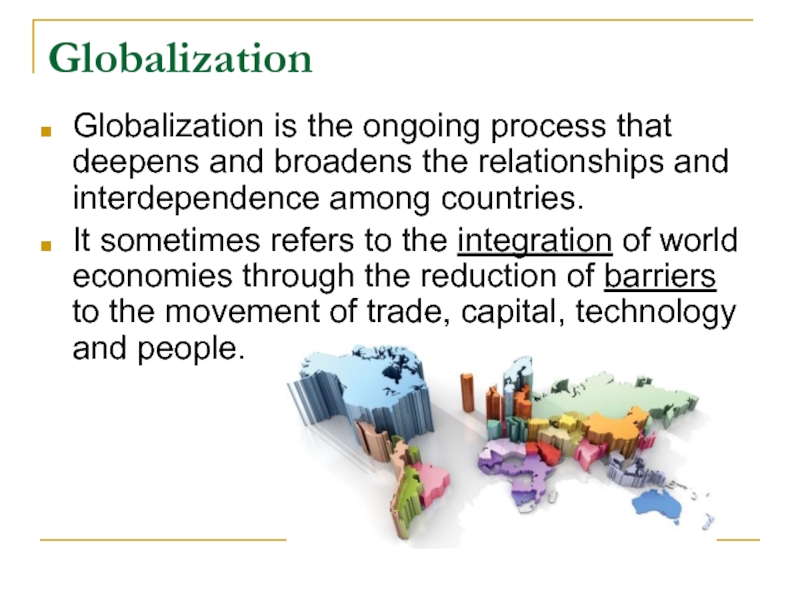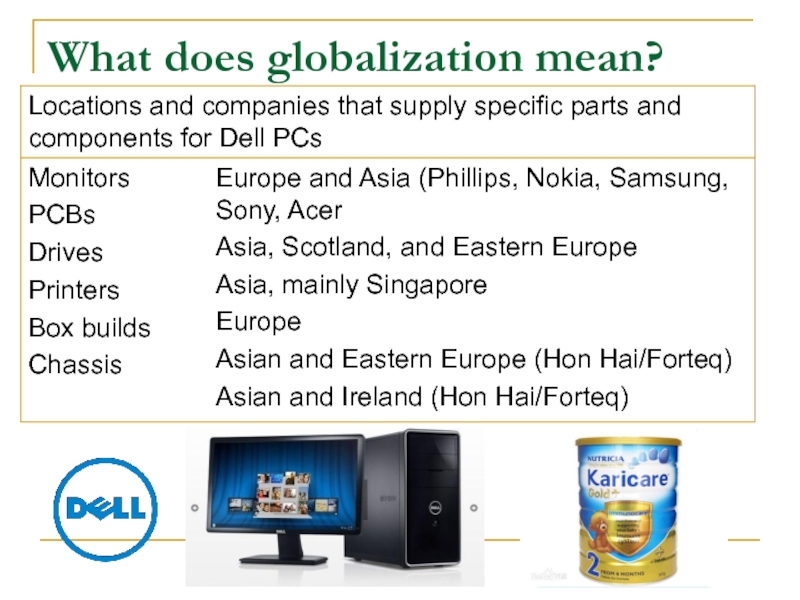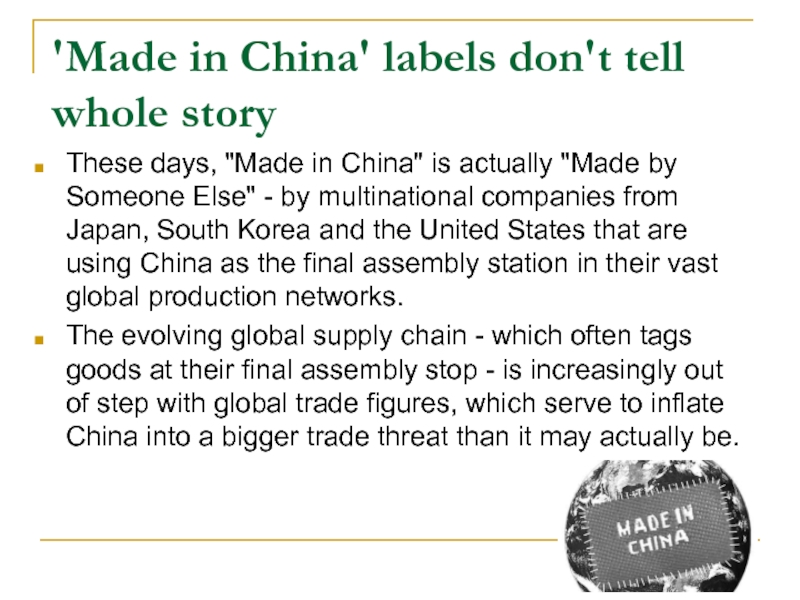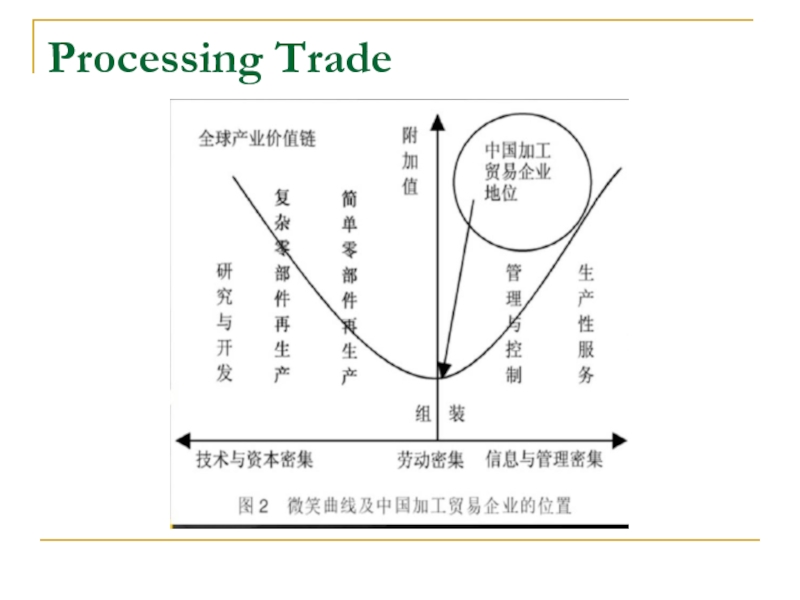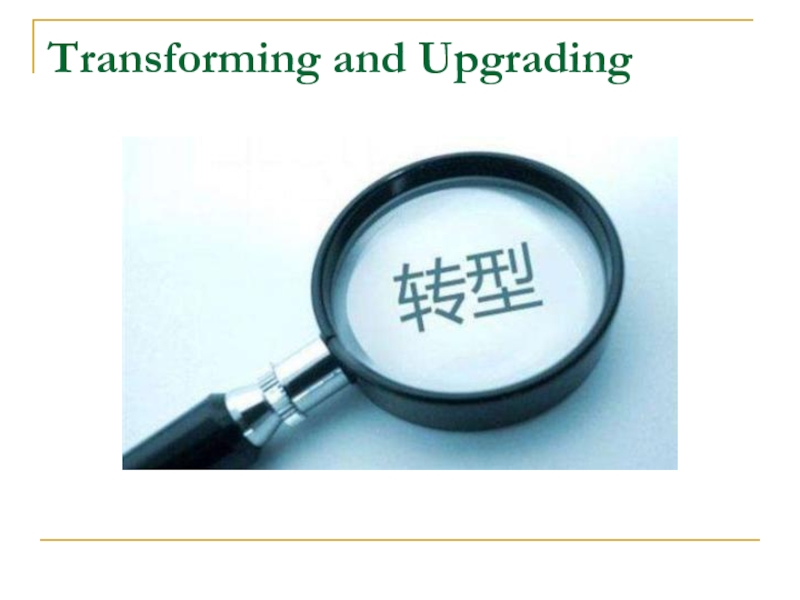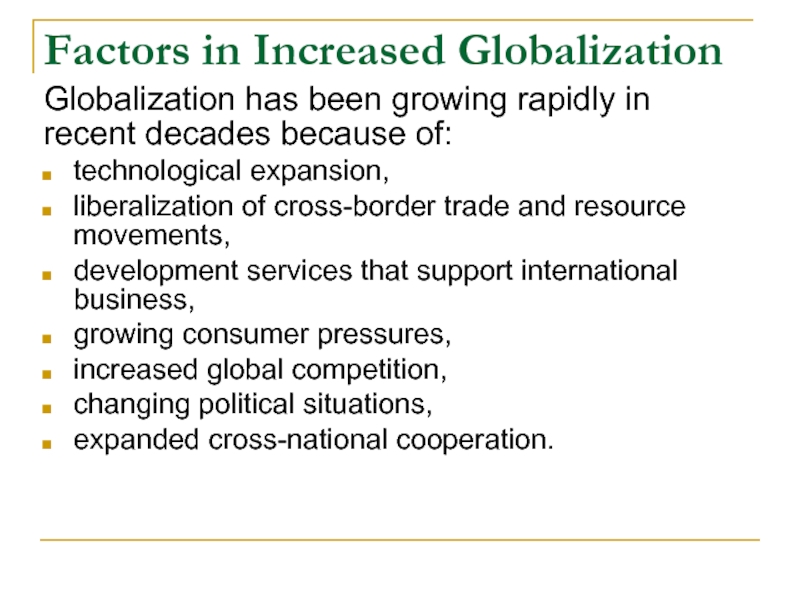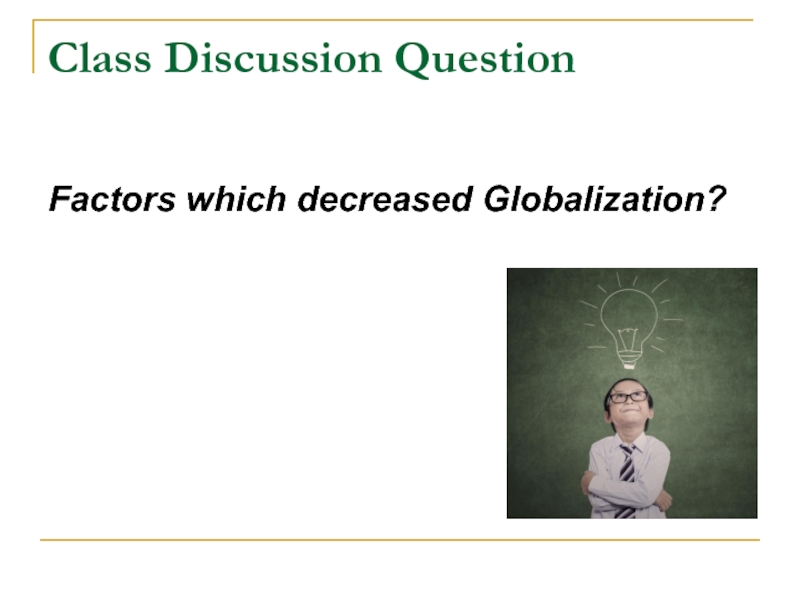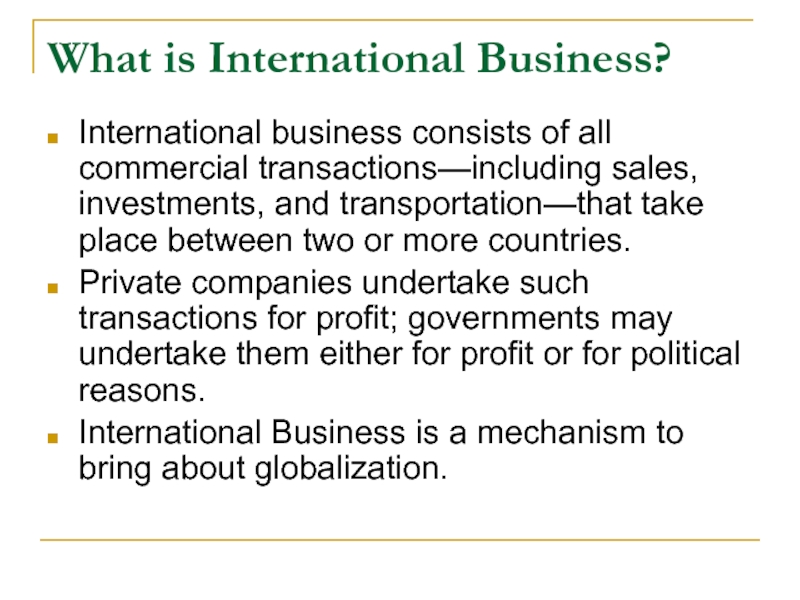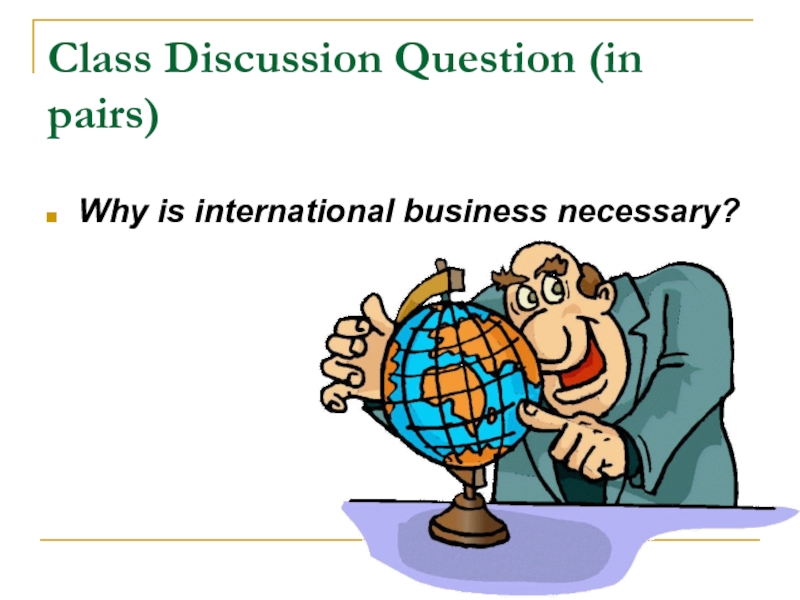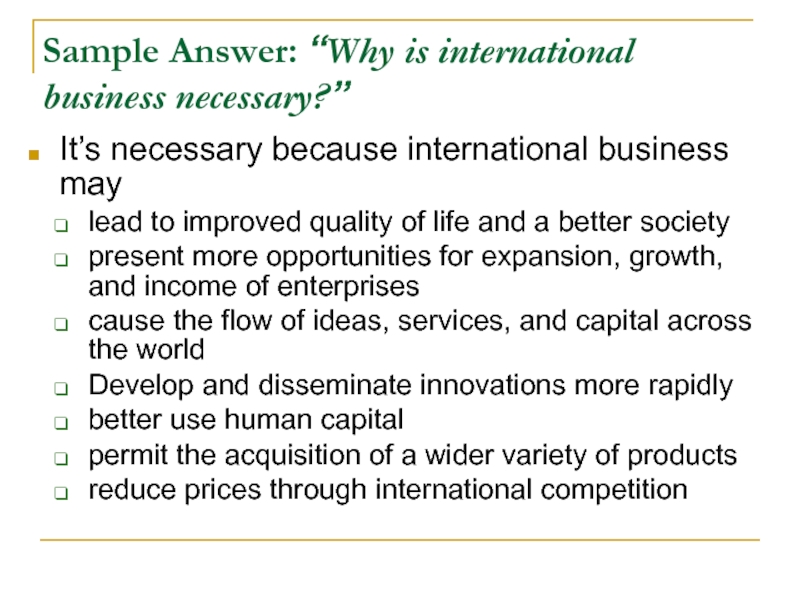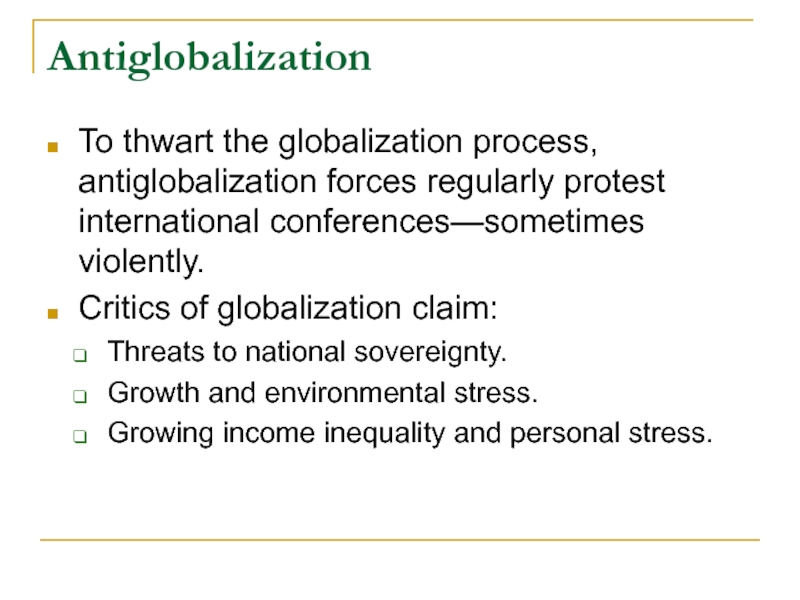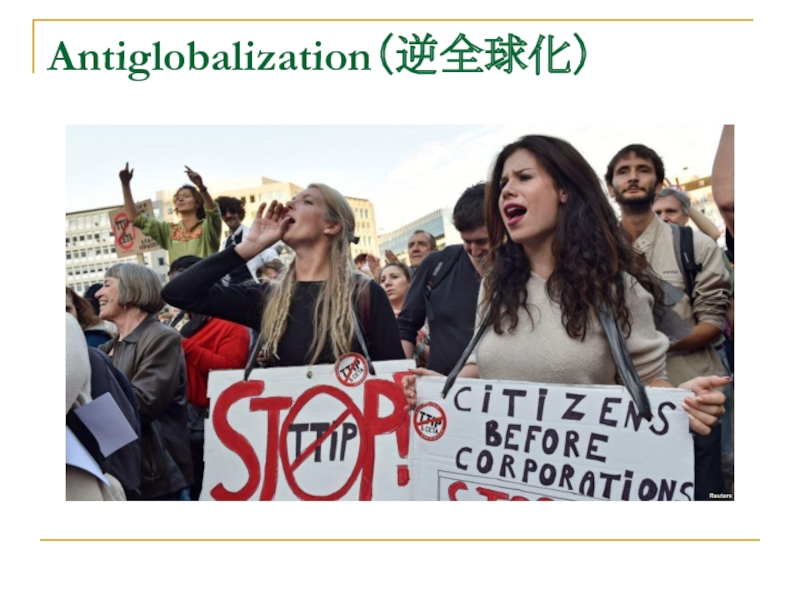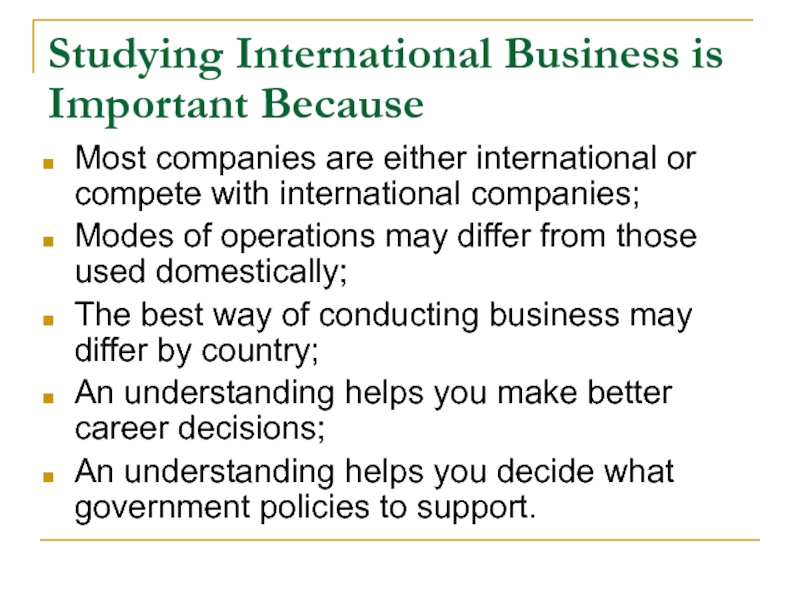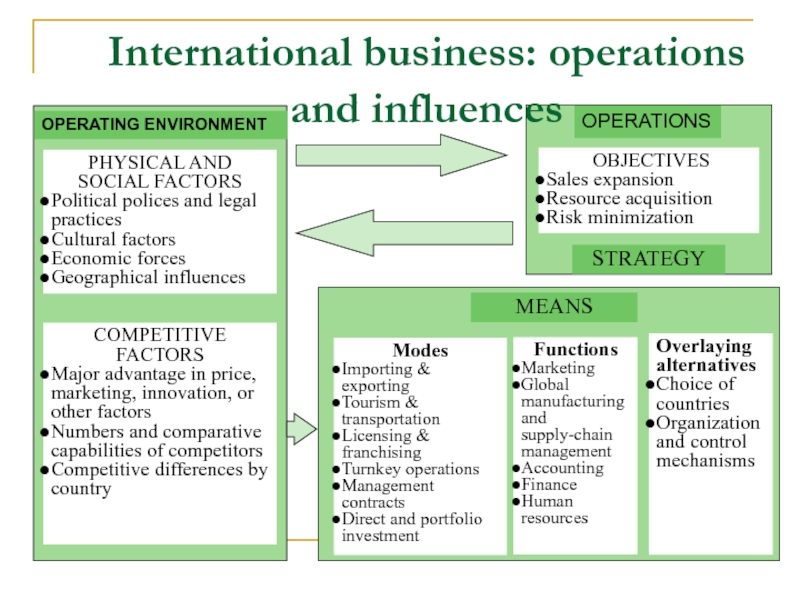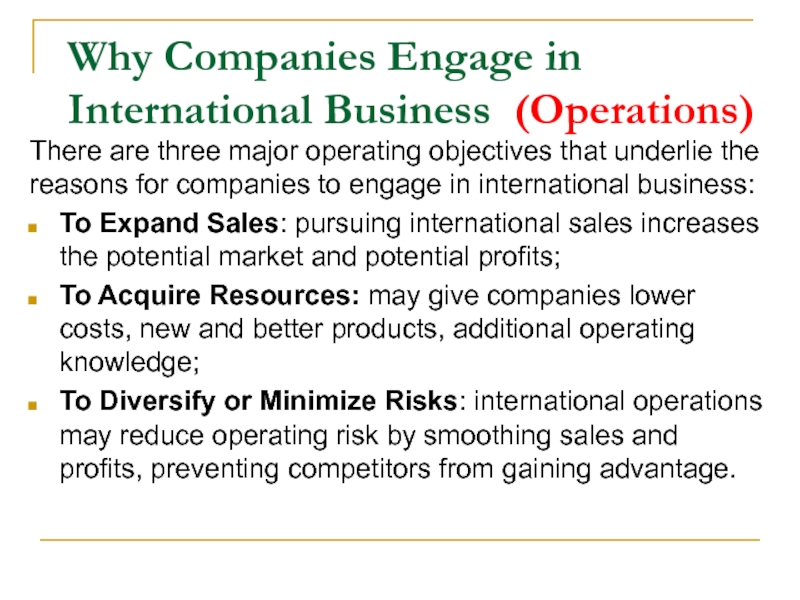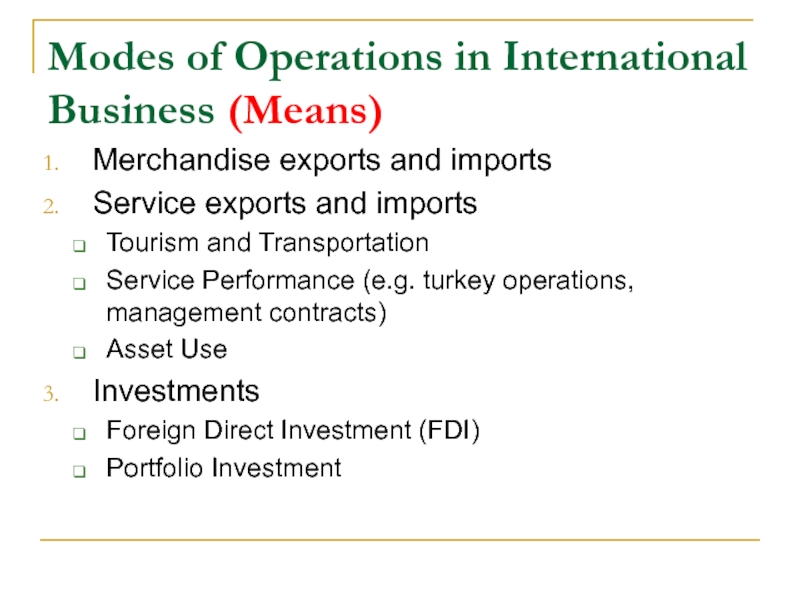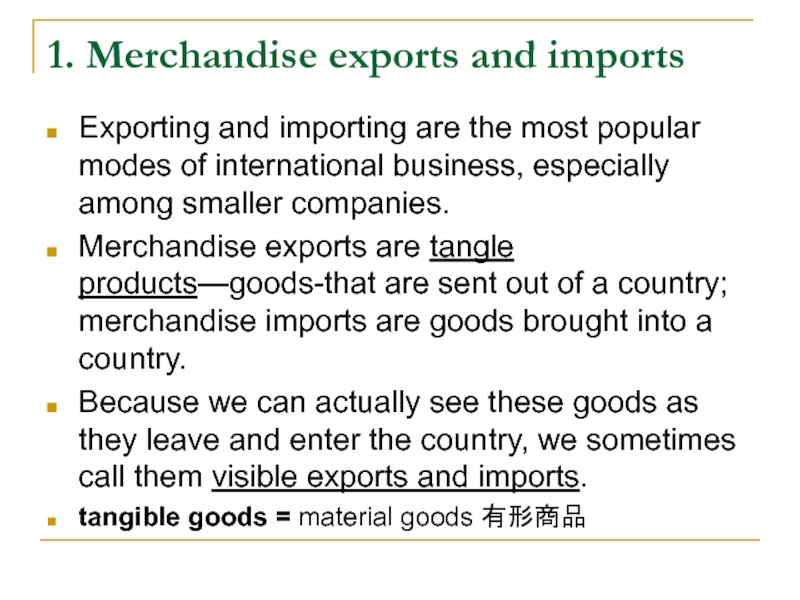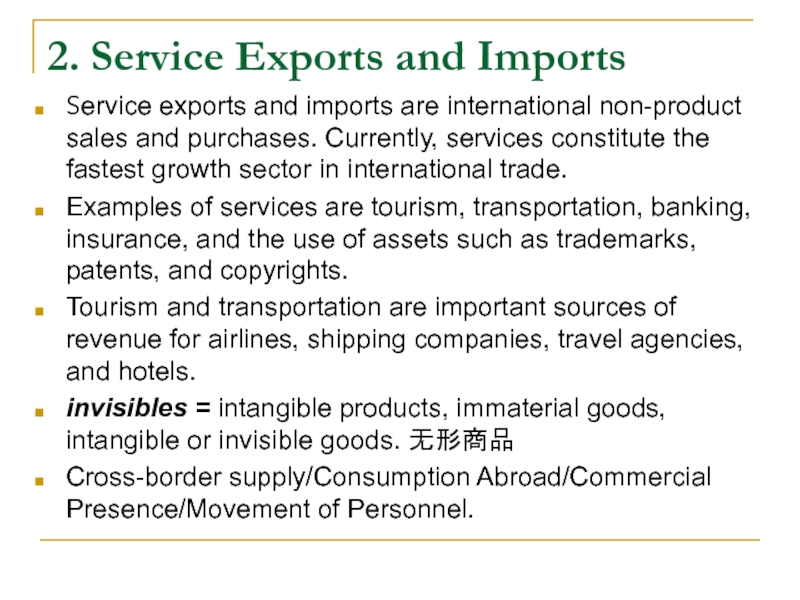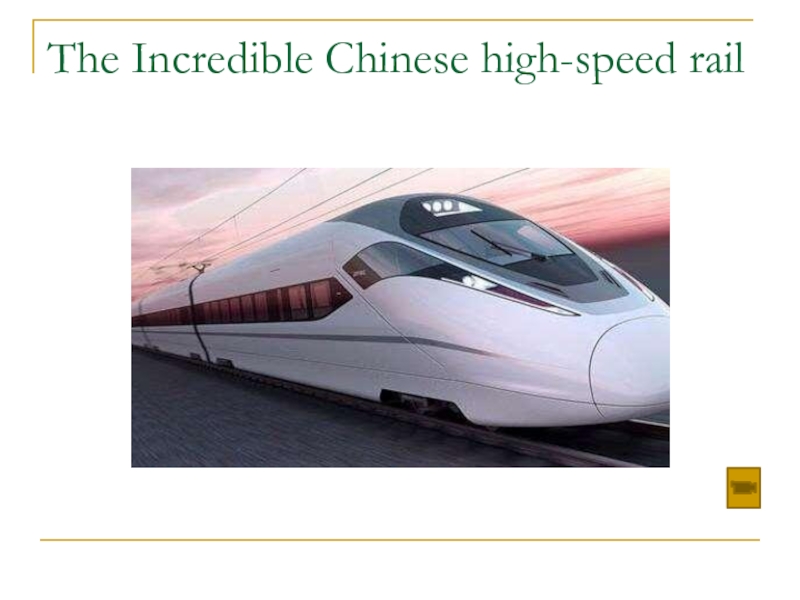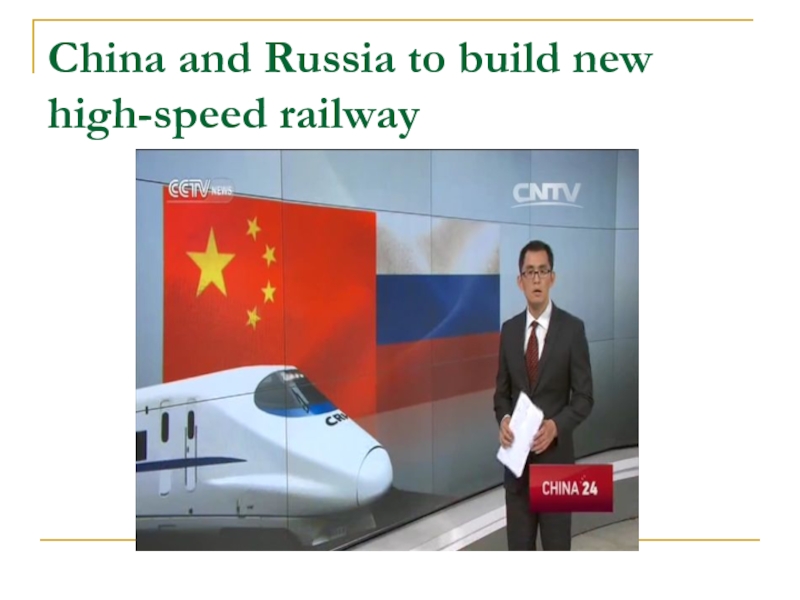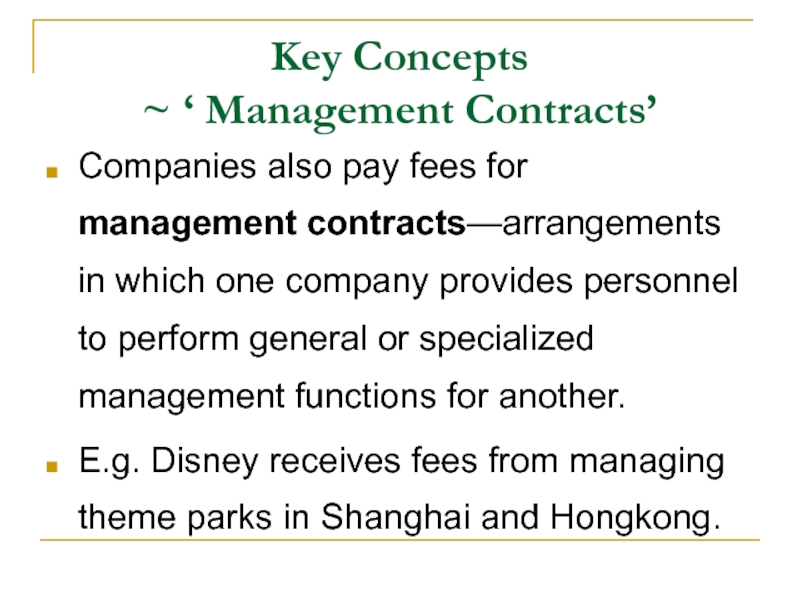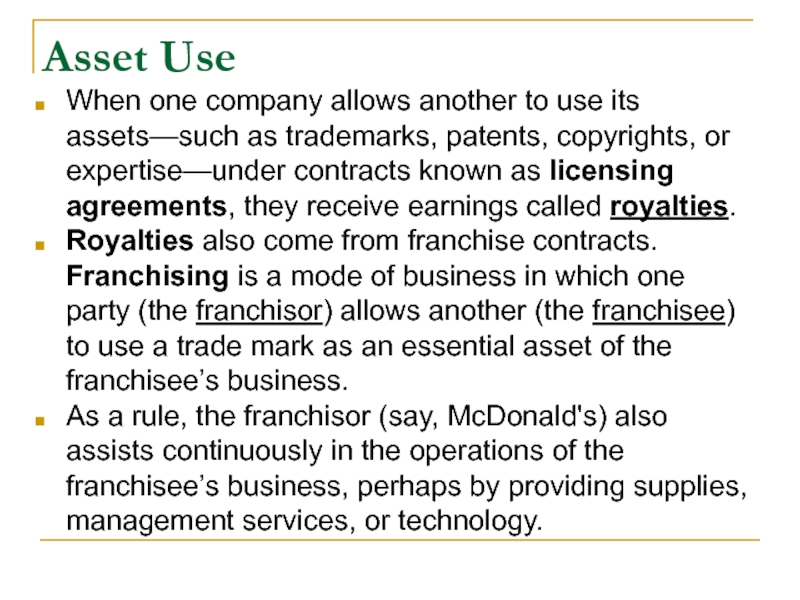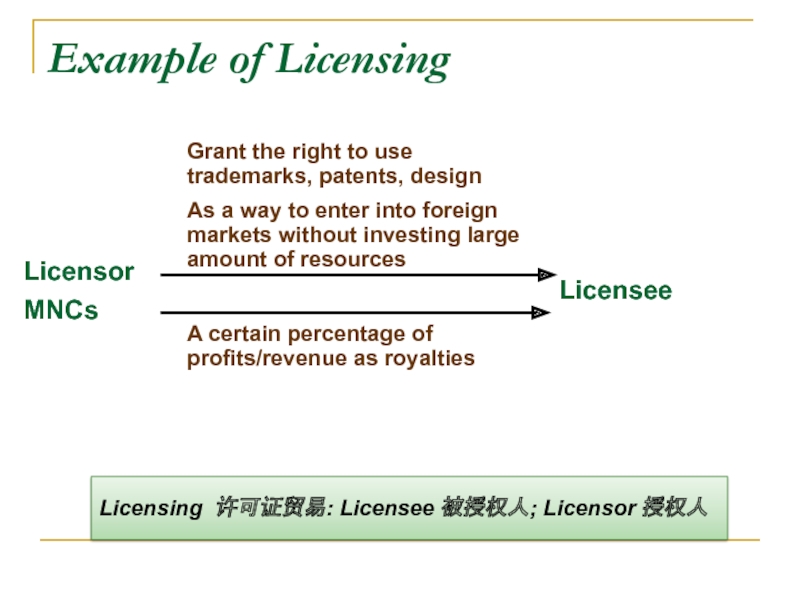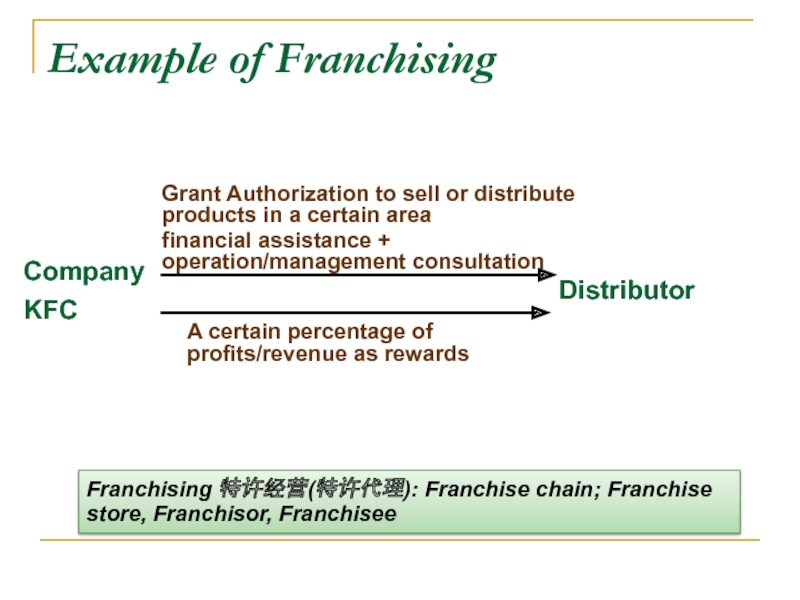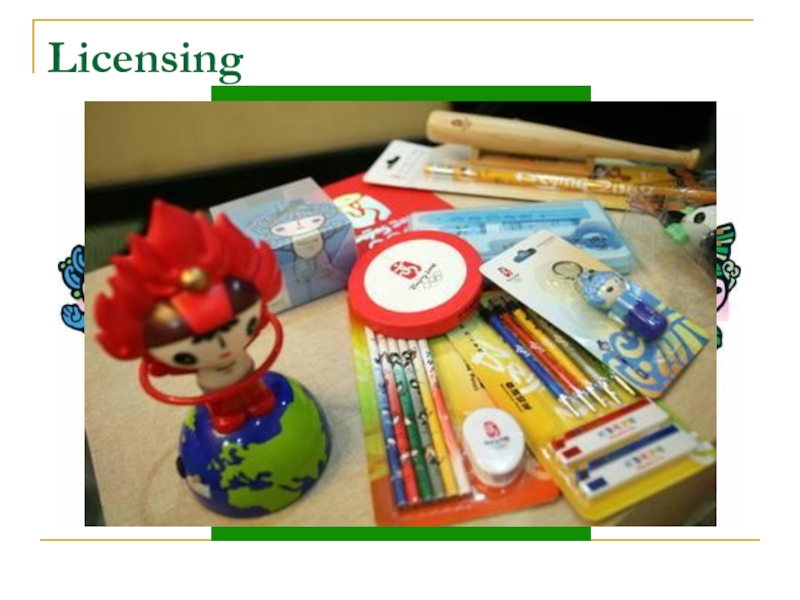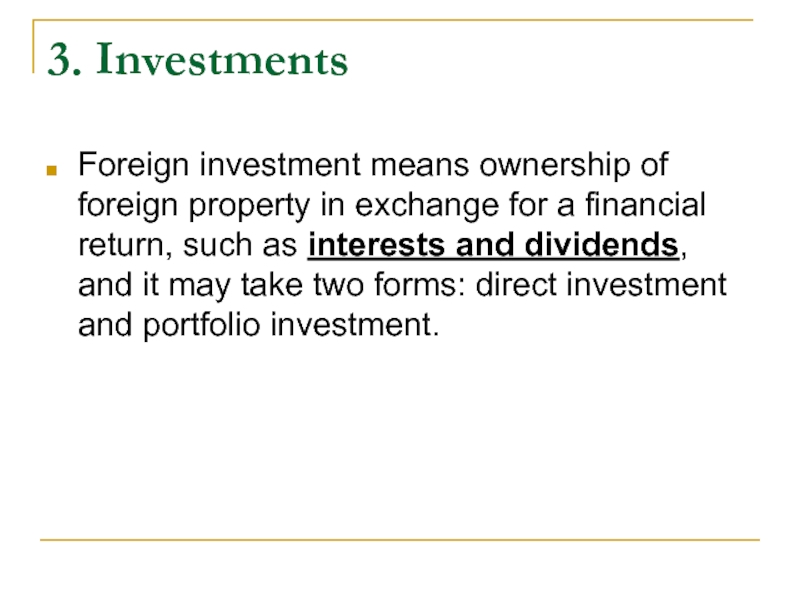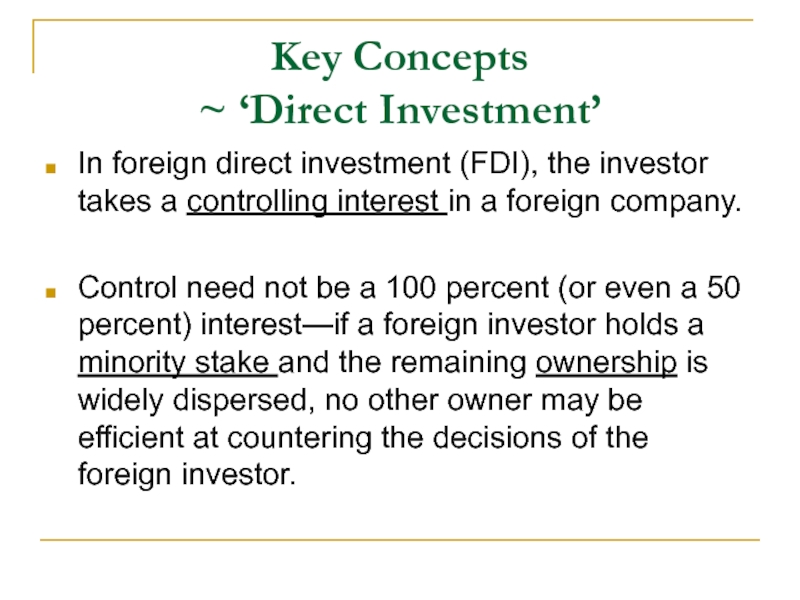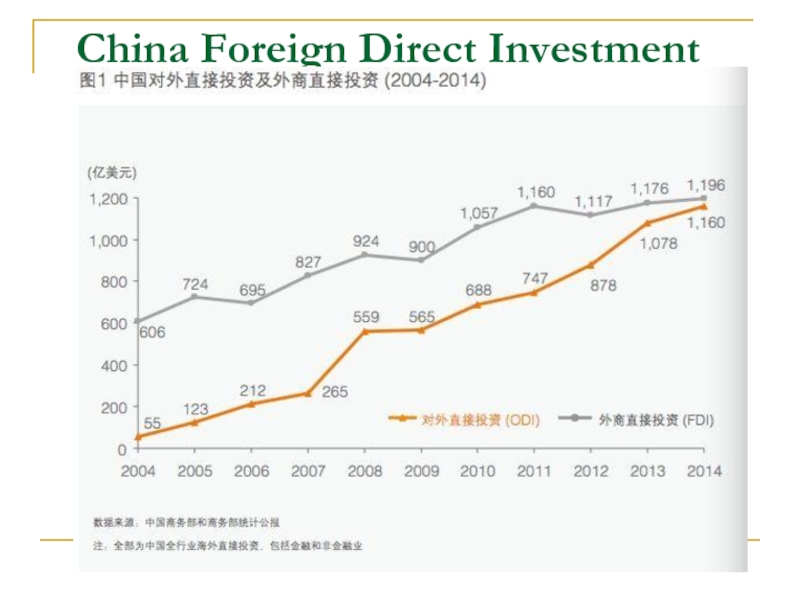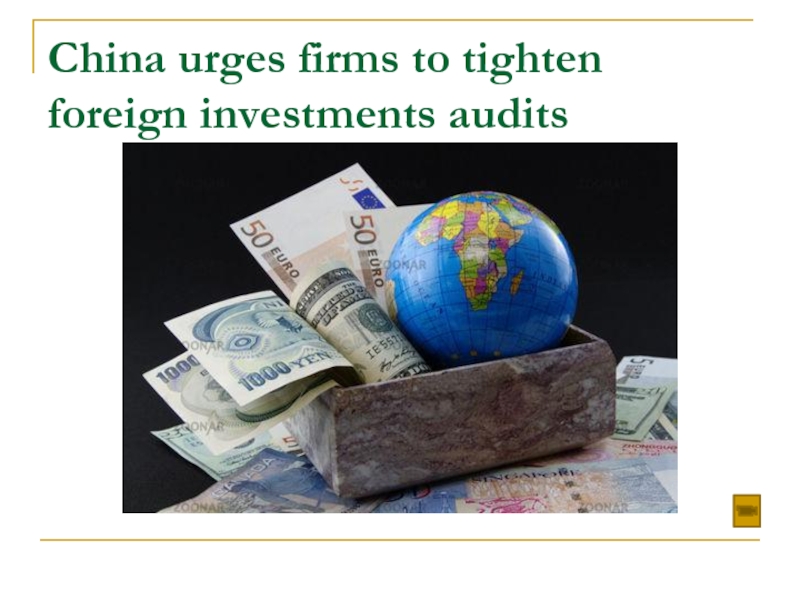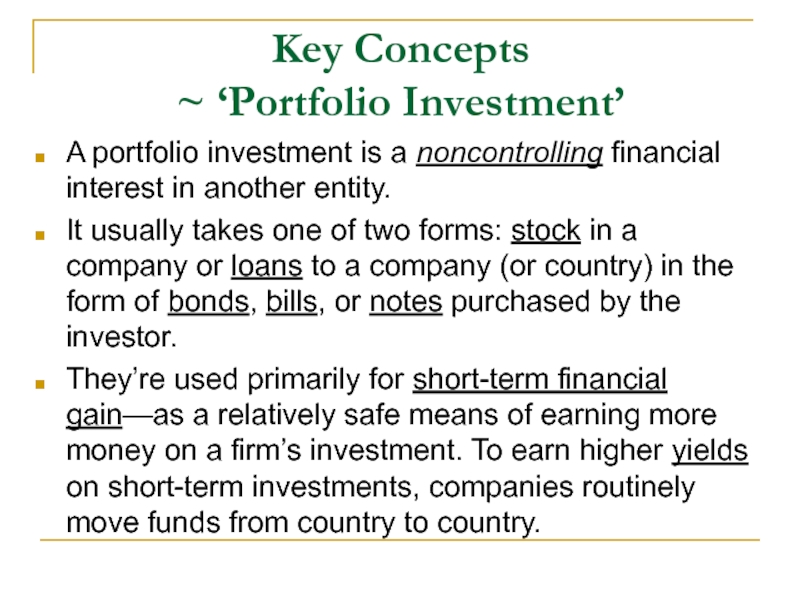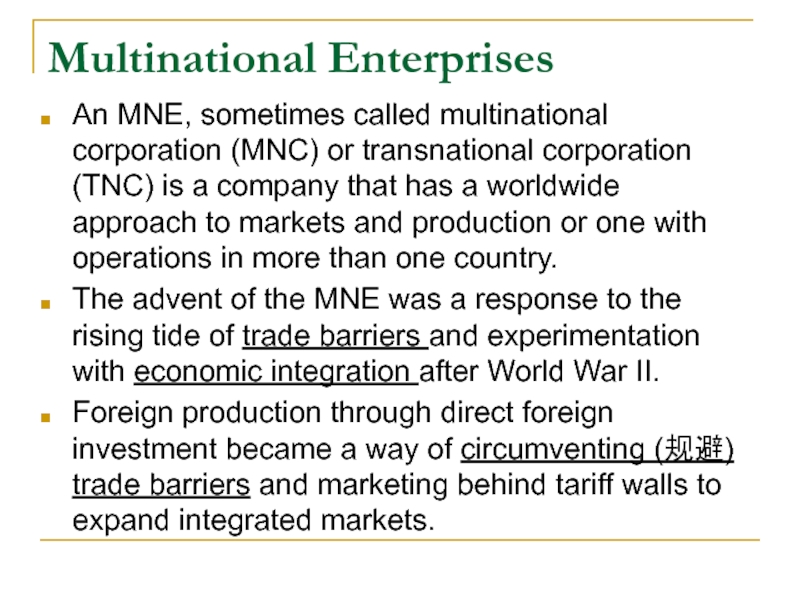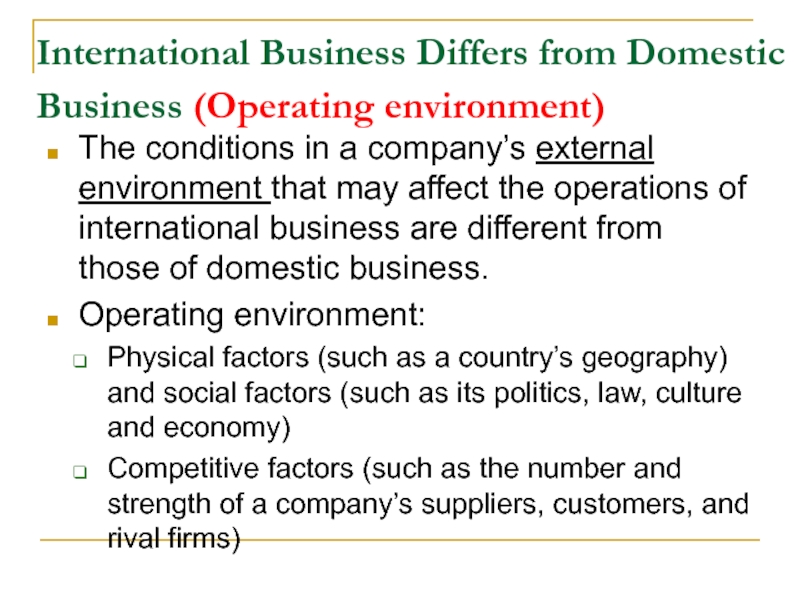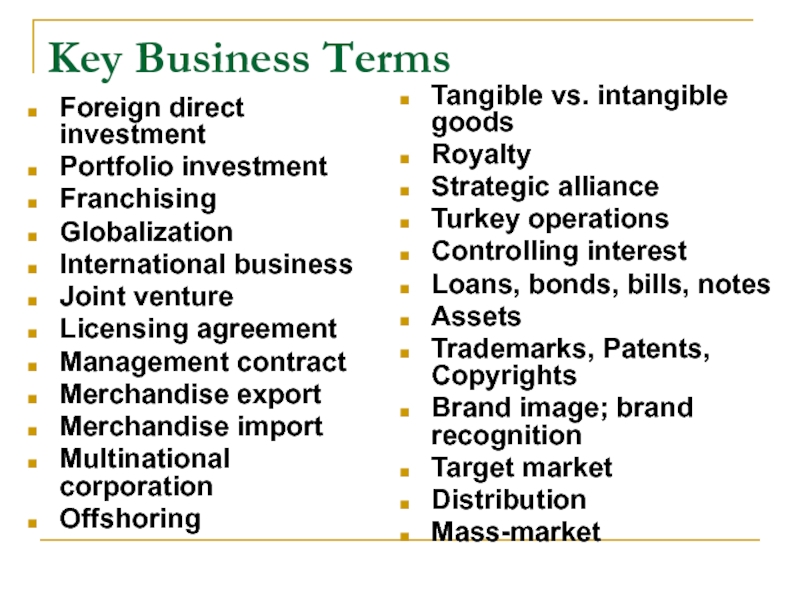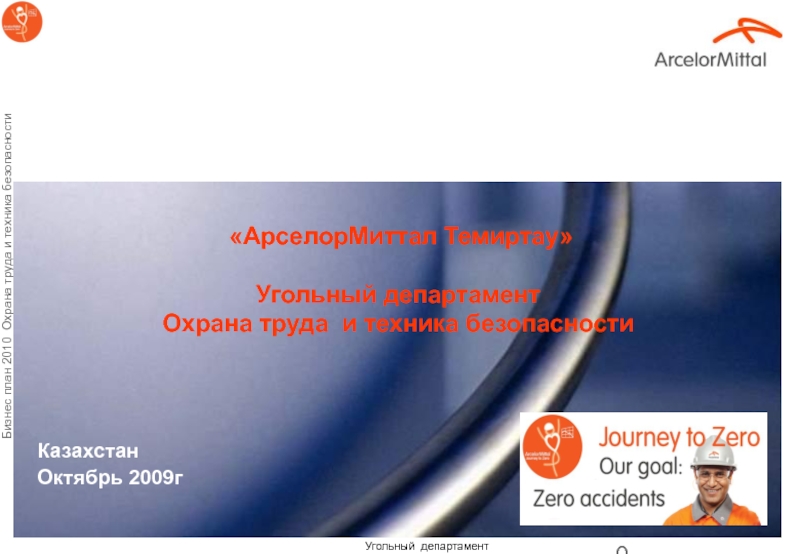- Главная
- Разное
- Дизайн
- Бизнес и предпринимательство
- Аналитика
- Образование
- Развлечения
- Красота и здоровье
- Финансы
- Государство
- Путешествия
- Спорт
- Недвижимость
- Армия
- Графика
- Культурология
- Еда и кулинария
- Лингвистика
- Английский язык
- Астрономия
- Алгебра
- Биология
- География
- Детские презентации
- Информатика
- История
- Литература
- Маркетинг
- Математика
- Медицина
- Менеджмент
- Музыка
- МХК
- Немецкий язык
- ОБЖ
- Обществознание
- Окружающий мир
- Педагогика
- Русский язык
- Технология
- Физика
- Философия
- Химия
- Шаблоны, картинки для презентаций
- Экология
- Экономика
- Юриспруденция
Unit One. Globalization and International Business презентация
Содержание
- 1. Unit One. Globalization and International Business
- 2. Learning Objectives To define globalization and international
- 3. Reference Chapter one: Globalization and International Business;
- 4. Before globalization
- 5. Globalization
- 6. Listening material related to globalization Listening material
- 7. Globalization Globalization is the ongoing process that
- 8. What does globalization mean?
- 9. What does “Made in China” mean? Clearly,
- 10. 'Made in China' labels don't tell whole
- 11. Processing Trade
- 12. Transforming and Upgrading
- 13. Made in China 2025
- 14. Factors in Increased Globalization Globalization has been
- 15. Class Discussion Question Factors which decreased Globalization?
- 16. What is International Business? International business consists
- 17. Class Discussion Question (in pairs) Why is international business necessary?
- 18. Sample Answer: “Why is international business necessary?”
- 19. Uncomfortable with Globalization
- 20. Antiglobalization To thwart the globalization process, antiglobalization
- 21. Antiglobalization(逆全球化)
- 22. Studying International Business is Important Because Most
- 23. International business: operations and
- 24. Why Companies Engage in International Business (Operations)
- 25. Modes of Operations in International Business (Means)
- 26. 1. Merchandise exports and imports Exporting and
- 27. 2. Service Exports and Imports Service exports
- 28. China’s foreign service trade deficit widens
- 29. Key Concepts ~ ‘Turnkey Operations’ On an
- 30. The Incredible Chinese high-speed rail
- 31. China and Russia to build new high-speed railway
- 32. Key Concepts ~ ‘ Management Contracts’ Companies
- 33. Asset Use When one company allows another
- 34. Example of Licensing Licensor MNCs Licensee Grant
- 35. Example of Franchising Company KFC Distributor Grant
- 36. Licensing
- 37. Franchising
- 38. 3. Investments Foreign investment means ownership of
- 39. Key Concepts ~ ‘Direct Investment’ In foreign
- 40. China Foreign Direct Investment
- 41. China urges firms to tighten foreign investments audits
- 42. Key Concepts ~ ‘Portfolio Investment’ A portfolio
- 43. Multinational Enterprises An MNE, sometimes called multinational
- 44. International Business Differs from Domestic Business (Operating
- 45. Key Business Terms Foreign direct investment Portfolio
Слайд 2Learning Objectives
To define globalization and international business and show how they
To understand why companies engage in international business and why international business growth has accelerated;
To discuss the major criticisms of globalization
To become familiar with different ways in which a company can accomplish its global objectives.
Слайд 3Reference
Chapter one: Globalization and International Business;
International Business: Environments & Operations
by
ISBN: 978-7-111-460992
Слайд 6Listening material related to globalization
Listening material 1-1:
Listening material 1-2:
Listening
Слайд 7Globalization
Globalization is the ongoing process that deepens and broadens the relationships
It sometimes refers to the integration of world economies through the reduction of barriers to the movement of trade, capital, technology and people.
Слайд 9What does “Made in China” mean?
Clearly, it is becoming more and
Слайд 10'Made in China' labels don't tell whole story
These days, "Made in
The evolving global supply chain - which often tags goods at their final assembly stop - is increasingly out of step with global trade figures, which serve to inflate China into a bigger trade threat than it may actually be.
Слайд 14Factors in Increased Globalization
Globalization has been growing rapidly in recent decades
technological expansion,
liberalization of cross-border trade and resource movements,
development services that support international business,
growing consumer pressures,
increased global competition,
changing political situations,
expanded cross-national cooperation.
Слайд 16What is International Business?
International business consists of all commercial transactions—including sales,
Private companies undertake such transactions for profit; governments may undertake them either for profit or for political reasons.
International Business is a mechanism to bring about globalization.
Слайд 18Sample Answer: “Why is international business necessary?”
It’s necessary because international business
lead to improved quality of life and a better society
present more opportunities for expansion, growth, and income of enterprises
cause the flow of ideas, services, and capital across the world
Develop and disseminate innovations more rapidly
better use human capital
permit the acquisition of a wider variety of products
reduce prices through international competition
Слайд 20Antiglobalization
To thwart the globalization process, antiglobalization forces regularly protest international conferences—sometimes
Critics of globalization claim:
Threats to national sovereignty.
Growth and environmental stress.
Growing income inequality and personal stress.
Слайд 22Studying International Business is Important Because
Most companies are either international or
Modes of operations may differ from those used domestically;
The best way of conducting business may differ by country;
An understanding helps you make better career decisions;
An understanding helps you decide what government policies to support.
Слайд 23
International business: operations and influences
PHYSICAL AND SOCIAL FACTORS
Political polices and
Cultural factors
Economic forces
Geographical influences
COMPETITIVE FACTORS
Major advantage in price, marketing, innovation, or other factors
Numbers and comparative capabilities of competitors
Competitive differences by country
OBJECTIVES
Sales expansion
Resource acquisition
Risk minimization
STRATEGY
Modes
Importing & exporting
Tourism & transportation
Licensing & franchising
Turnkey operations
Management contracts
Direct and portfolio investment
Functions
Marketing
Global manufacturing and supply-chain management
Accounting
Finance
Human resources
Overlaying alternatives
Choice of countries
Organization and control mechanisms
OPERATIONS
OPERATING ENVIRONMENT
MEANS
Слайд 24Why Companies Engage in International Business (Operations)
There are three major operating
To Expand Sales: pursuing international sales increases the potential market and potential profits;
To Acquire Resources: may give companies lower costs, new and better products, additional operating knowledge;
To Diversify or Minimize Risks: international operations may reduce operating risk by smoothing sales and profits, preventing competitors from gaining advantage.
Слайд 25Modes of Operations in International Business (Means)
Merchandise exports and imports
Service exports
Tourism and Transportation
Service Performance (e.g. turkey operations, management contracts)
Asset Use
Investments
Foreign Direct Investment (FDI)
Portfolio Investment
Слайд 261. Merchandise exports and imports
Exporting and importing are the most popular
Merchandise exports are tangle products—goods-that are sent out of a country; merchandise imports are goods brought into a country.
Because we can actually see these goods as they leave and enter the country, we sometimes call them visible exports and imports.
tangible goods = material goods 有形商品
Слайд 272. Service Exports and Imports
Service exports and imports are international non-product
Examples of services are tourism, transportation, banking, insurance, and the use of assets such as trademarks, patents, and copyrights.
Tourism and transportation are important sources of revenue for airlines, shipping companies, travel agencies, and hotels.
invisibles = intangible products, immaterial goods, intangible or invisible goods. 无形商品
Cross-border supply/Consumption Abroad/Commercial Presence/Movement of Personnel.
Слайд 29Key Concepts
~ ‘Turnkey Operations’
On an international level, companies may pay fees
e.g. China Railway Construction Corporation’s high-speed railway turnkey project in Nigeria and South Africa,Indonesia and Mexico
Слайд 32Key Concepts
~ ‘ Management Contracts’
Companies also pay fees for management contracts—arrangements
E.g. Disney receives fees from managing theme parks in Shanghai and Hongkong.
Слайд 33Asset Use
When one company allows another to use its assets—such as
Royalties also come from franchise contracts. Franchising is a mode of business in which one party (the franchisor) allows another (the franchisee) to use a trade mark as an essential asset of the franchisee’s business.
As a rule, the franchisor (say, McDonald's) also assists continuously in the operations of the franchisee’s business, perhaps by providing supplies, management services, or technology.
Слайд 34Example of Licensing
Licensor
MNCs
Licensee
Grant the right to use trademarks, patents, design
As a
A certain percentage of profits/revenue as royalties
Licensing 许可证贸易: Licensee 被授权人; Licensor 授权人
Слайд 35Example of Franchising
Company
KFC
Distributor
Grant Authorization to sell or distribute products in a
financial assistance + operation/management consultation
A certain percentage of profits/revenue as rewards
Franchising 特许经营(特许代理): Franchise chain; Franchise store, Franchisor, Franchisee
Слайд 383. Investments
Foreign investment means ownership of foreign property in exchange for
Слайд 39Key Concepts
~ ‘Direct Investment’
In foreign direct investment (FDI), the investor takes
Control need not be a 100 percent (or even a 50 percent) interest—if a foreign investor holds a minority stake and the remaining ownership is widely dispersed, no other owner may be efficient at countering the decisions of the foreign investor.
Слайд 42Key Concepts
~ ‘Portfolio Investment’
A portfolio investment is a noncontrolling financial interest
It usually takes one of two forms: stock in a company or loans to a company (or country) in the form of bonds, bills, or notes purchased by the investor.
They’re used primarily for short-term financial gain—as a relatively safe means of earning more money on a firm’s investment. To earn higher yields on short-term investments, companies routinely move funds from country to country.
Слайд 43Multinational Enterprises
An MNE, sometimes called multinational corporation (MNC) or transnational corporation
The advent of the MNE was a response to the rising tide of trade barriers and experimentation with economic integration after World War II.
Foreign production through direct foreign investment became a way of circumventing (规避) trade barriers and marketing behind tariff walls to expand integrated markets.
Слайд 44International Business Differs from Domestic Business (Operating environment)
The conditions in a
Operating environment:
Physical factors (such as a country’s geography) and social factors (such as its politics, law, culture and economy)
Competitive factors (such as the number and strength of a company’s suppliers, customers, and rival firms)
Слайд 45Key Business Terms
Foreign direct investment
Portfolio investment
Franchising
Globalization
International business
Joint venture
Licensing agreement
Management contract
Merchandise
Merchandise import
Multinational corporation
Offshoring
Tangible vs. intangible goods
Royalty
Strategic alliance
Turkey operations
Controlling interest
Loans, bonds, bills, notes
Assets
Trademarks, Patents, Copyrights
Brand image; brand recognition
Target market
Distribution
Mass-market
